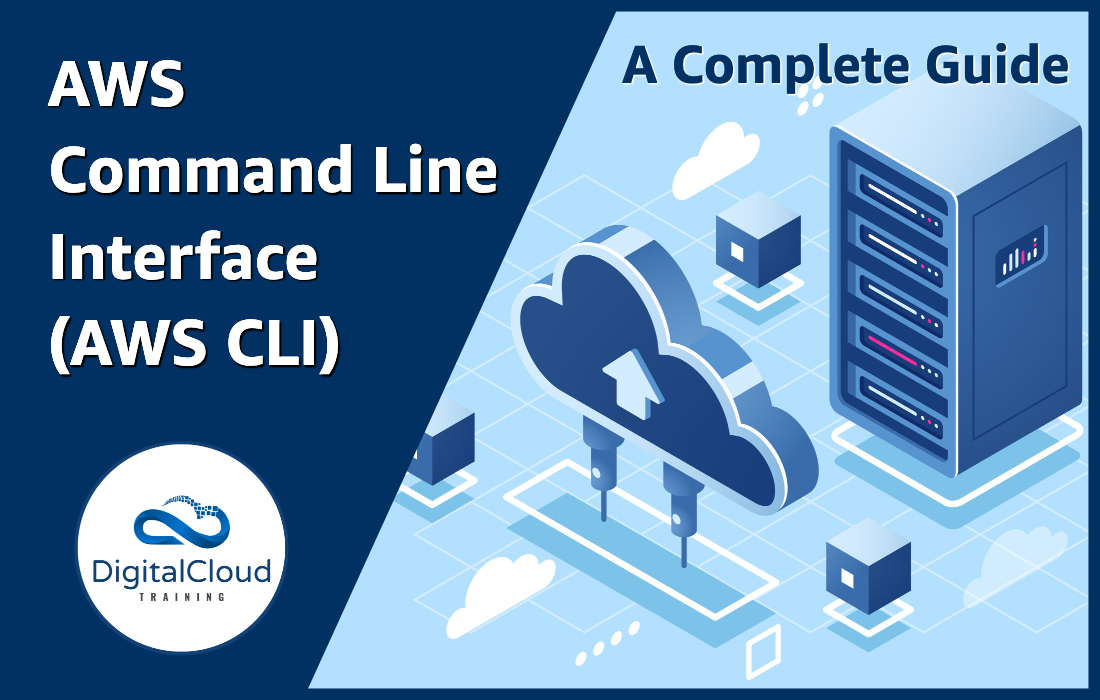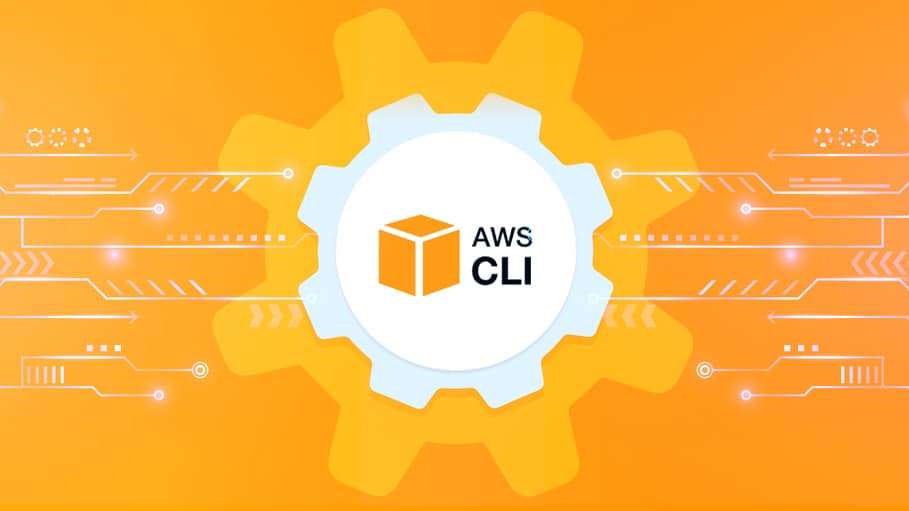What are AWS Regions and CLI?
AWS Regions are geographical locations around the world where Amazon Web Services (AWS) offers its infrastructure for computing, storage, and other services. Each region consists of multiple Availability Zones (AZs) that are physically separated within a reasonable distance from each other. AWS Regions are designed to provide low-latency and high availability to applications and databases that require proximity to end-users. Command Line Interface (CLI) is a unified tool to manage AWS services from the command line. It offers a powerful and flexible way to interact with AWS resources, enabling users to perform various tasks, such as creating and managing EC2 instances, S3 buckets, and RDS databases. By using CLI with specific AWS Regions, users can optimize their workloads, reduce latency, and save costs. Selecting the right AWS Region when using CLI is crucial to ensure compliance, data sovereignty, and performance.
List of AWS Regions Supported by CLI
As of now, AWS CLI supports all commercial AWS Regions worldwide. Here’s a list of some of the most popular AWS Regions and their availability in different parts of the world:
- US East (N. Virginia): This is the oldest and most mature AWS Region, with the largest number of services and features. It is ideal for users in the eastern United States and Latin America.
- US West (Oregon): This Region is popular among users in the western United States and Canada. It offers a wide range of services and features, including Amazon S3, Amazon EC2, and Amazon RDS.
- EU (Ireland): This Region is ideal for users in Europe, the Middle East, and Africa. It offers a broad set of services and features, including Amazon S3, Amazon EC2, and Amazon RDS.
- Asia Pacific (Singapore): This Region is popular among users in Asia, Australia, and New Zealand. It offers a wide range of services and features, including Amazon S3, Amazon EC2, and Amazon RDS.
- Asia Pacific (Tokyo): This Region is ideal for users in Japan and Korea. It offers a broad set of services and features, including Amazon S3, Amazon EC2, and Amazon RDS.
- South America (São Paulo): This Region is popular among users in Brazil and other South American countries. It offers a wide range of services and features, including Amazon S3, Amazon EC2, and Amazon RDS.
By using AWS CLI with the right AWS Region, users can optimize their workloads, reduce latency, and save costs. It is essential to choose the right AWS Region based on the user’s location, data sovereignty requirements, and compliance needs.
How to Set Up AWS CLI for a Specific Region
To set up AWS CLI for a specific region, follow these steps:
- Install and configure AWS CLI on your local machine. If you haven’t done so already, follow the official AWS documentation to get started.
- Once AWS CLI is installed and configured, you can specify the region for your commands using the
--regionflag. For example, to list all S3 buckets in the US West (Oregon) region, use the following command:aws s3 ls --region us-west-2 - If you want to set a default region for all your AWS CLI commands, you can use the
aws configurecommand to update your AWS CLI configuration file. Here’s an example:aws configure --region us-west-2This command will set the default region for all your AWS CLI commands to US West (Oregon).
By following these steps, you can easily set up AWS CLI for a specific region and optimize your workloads, reduce latency, and save costs.
Benefits of Using AWS CLI with Specific Regions
Using AWS CLI with specific regions can bring several benefits to AWS users, such as:
- Reduced latency: By selecting a region that is geographically close to your users, you can reduce the time it takes for your application to respond to user requests. This can lead to a better user experience and improved performance.
- Cost savings: Some AWS services, such as Amazon S3, charge different prices based on the region. By choosing a region with lower prices, you can save on your AWS bills.
- Improved performance: Some AWS services, such as Amazon EC2, offer different instance types and sizes in different regions. By selecting a region that offers the right instance type and size for your workload, you can improve the performance of your application.
For example, if you are running a web application that targets users in Europe, you can use the EU (London) region to reduce latency and improve performance. If you are storing large amounts of data on Amazon S3, you can use the US Standard region to save on storage costs. If you are running a high-performance computing workload, you can use the US West (N. California) region to access the latest instance types and sizes.
Common Use Cases for AWS Regions and CLI
AWS regions and CLI can be used in various scenarios to optimize the management and performance of AWS resources. Here are some common use cases:
- Disaster recovery: By replicating AWS resources across multiple regions, users can ensure business continuity and disaster recovery in case of a regional outage. CLI can be used to automate the process of creating and managing replicated resources in different regions.
- Data locality: Some organizations have legal or compliance requirements to keep their data in a specific geographical location. By selecting the right AWS region, users can ensure that their data is stored and processed in compliance with local regulations. CLI can be used to manage and move data between regions as needed.
- Performance optimization: By selecting the right AWS region based on the location of the users, organizations can reduce latency and improve the performance of their applications. CLI can be used to monitor and manage resources in different regions to optimize performance and costs.
- Hybrid cloud deployments: Organizations that use a hybrid cloud model can use AWS regions and CLI to manage and orchestrate resources across their on-premises and cloud environments. CLI can be used to automate the process of provisioning and configuring resources in different regions and environments.
For example, a financial institution that operates in the European Union can use the EU (Frankfurt) region to store and process its data in compliance with EU data protection regulations. A gaming company that targets users in Asia can use the Asia Pacific (Singapore) region to reduce latency and improve the performance of its online games. A healthcare provider that uses a hybrid cloud model can use AWS regions and CLI to manage and orchestrate its on-premises and cloud-based resources for optimal performance and security.
Best Practices for Using AWS Regions with CLI
To get the most out of AWS regions and CLI, it’s important to follow some best practices. Here are some recommendations:
- Regularly review access controls: Make sure that you have the necessary permissions to access and manage resources in different regions. Use IAM policies and roles to control access to AWS resources and services. Regularly review and update your access controls to ensure that they are up-to-date and aligned with your organization’s security policies.
- Monitor usage and costs: Keep track of your usage and costs in different regions. Use AWS Cost Explorer and other cost management tools to monitor your spending and optimize your costs. Set up budgets and alerts to avoid unexpected charges and ensure that you stay within your budget.
- Test disaster recovery plans: Regularly test your disaster recovery plans to ensure that they are effective and up-to-date. Use CLI to automate the process of creating and managing replicated resources in different regions. Test your disaster recovery plans in a controlled environment to ensure that they work as expected.
- Use region-specific endpoints: Use region-specific endpoints to access AWS services and resources in different regions. This ensures that you are connecting to the right region and reduces latency and improves performance.
- Keep your CLI up-to-date: Make sure that you are using the latest version of CLI. AWS regularly updates CLI with new features, bug fixes, and security patches. Keeping your CLI up-to-date ensures that you have access to the latest features and that your CLI is secure and stable.
By following these best practices, you can ensure optimal performance and security when using AWS regions with CLI.
Troubleshooting Common Issues with AWS Regions and CLI
Using AWS regions with CLI can sometimes result in issues and errors. Here are some common issues and troubleshooting tips:
- Authentication errors: If you encounter authentication errors when using CLI with a specific region, make sure that you have the necessary permissions and credentials. Check your AWS access keys and IAM roles to ensure that they are up-to-date and correctly configured. If you are using temporary credentials, make sure that they are still valid.
- Connectivity issues: If you experience connectivity issues when using CLI with a specific region, make sure that your network settings and firewall rules allow traffic to and from the region. Check your internet connection and DNS settings to ensure that they are working correctly. If you are using a VPN or proxy, make sure that it is properly configured.
- Configuration problems: If you encounter configuration problems when using CLI with a specific region, make sure that you are using the correct region-specific endpoints and commands. Check the AWS documentation and forums for any known issues or bugs related to the region or CLI. If you recently updated your CLI or AWS configuration, make sure that there were no breaking changes or compatibility issues.
By following these troubleshooting tips, you can quickly resolve common issues when using AWS regions with CLI.
Conclusion: Making the Most of AWS Regions and CLI
In this comprehensive guide, we have covered the basics of AWS regions and CLI, and explored the benefits, use cases, best practices, and troubleshooting tips for using AWS regions with CLI. By following the best practices and tips outlined in this guide, you can ensure optimal performance, security, and cost savings when managing your AWS resources with CLI. To recap, here are some key takeaways:
- AWS regions are geographical locations where AWS resources and services are available. Selecting the right region is important for reducing latency, ensuring compliance, and optimizing costs.
- The AWS CLI is a powerful tool for managing AWS resources and services from the command line. It supports all AWS regions, and allows users to perform various tasks, such as creating and managing EC2 instances, S3 buckets, and RDS databases.
- Setting up AWS CLI for a specific region involves configuring your AWS credentials, selecting the region, and testing the connection.
- Using AWS CLI with specific regions can bring several benefits, such as reduced latency, cost savings, and improved performance.
- Common use cases for AWS regions and CLI include disaster recovery, data locality, and compliance.
- Best practices for using AWS regions with CLI include regularly reviewing access controls, monitoring usage and costs, and testing disaster recovery plans.
- Troubleshooting common issues with AWS regions and CLI involves identifying the root cause, such as authentication errors, connectivity issues, or configuration problems, and applying the appropriate solutions.
We encourage readers to experiment with different regions and CLI commands to optimize their AWS experience. By doing so, they can unlock the full potential of AWS regions and CLI, and manage their AWS resources more efficiently and effectively.




